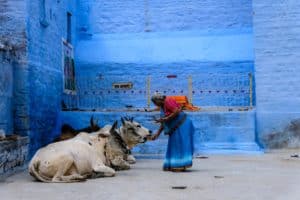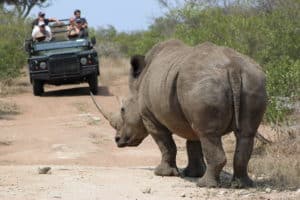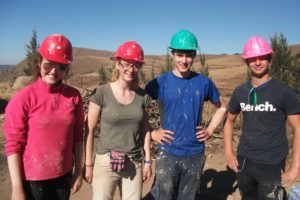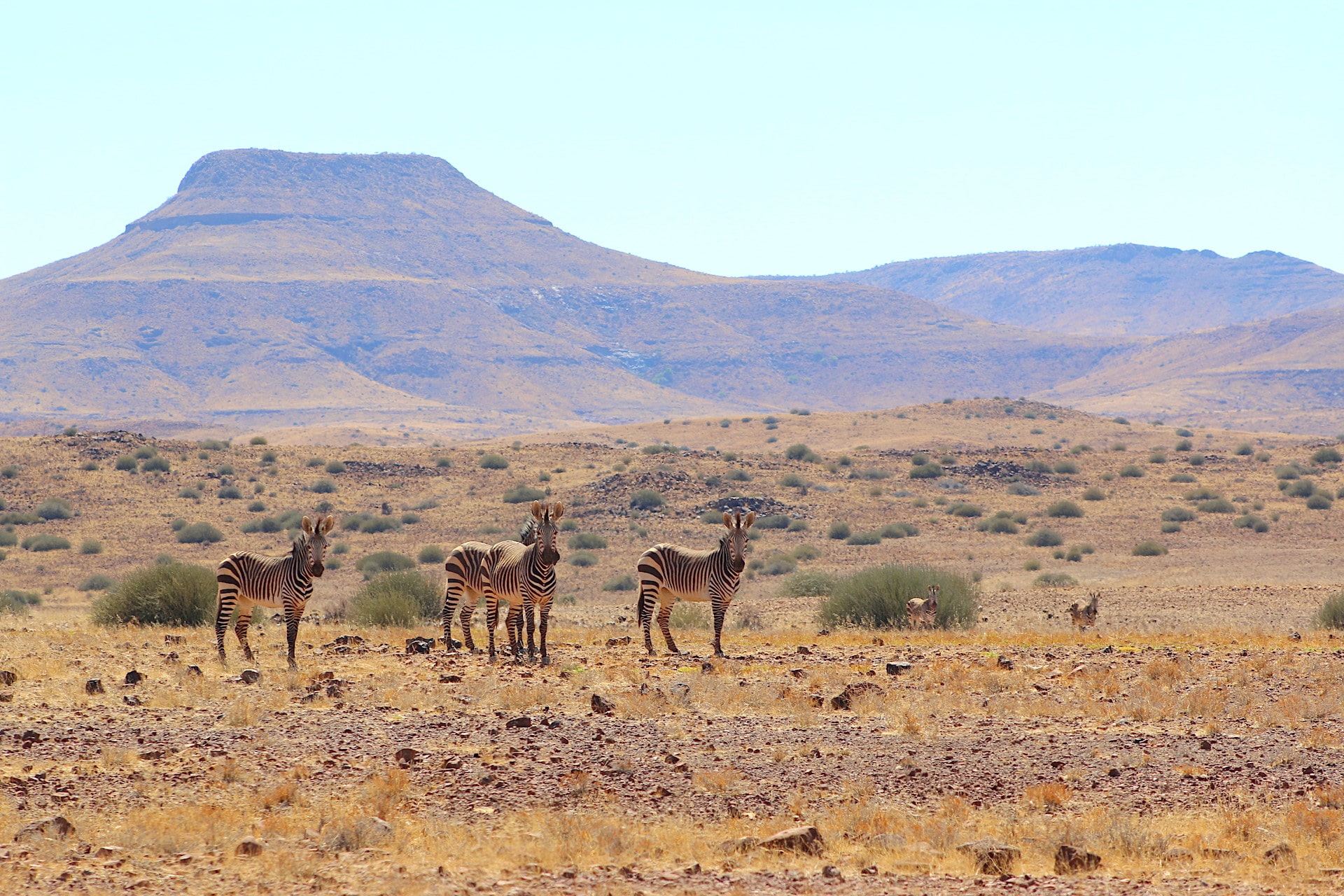Namibia is a country of striking contrasts from the towering sand dunes meeting the Atlantic Ocean to the wildlife roaming freely in vast, untouched landscapes. But what really sets Namibia apart is its pioneering approach to sustainable tourism. Behind each breathtaking view lies a story of conservation, community empowerment, and innovative thinking. Here are 10 fascinating things you probably didn’t know about Namibia’s sustainable tourism efforts.
1. Namibia was the First African Country to Include Conservation in Its Constitution
Namibia was the first country in Africa to incorporate conservation into its constitution. This pioneering move laid the foundation for its model of sustainable tourism, where natural resources will be preserved for future generations. Today, Namibia’s laws empower communities to protect their land and wildlife while benefiting from tourism.
2. Community-Based Conservancies Transform Lives
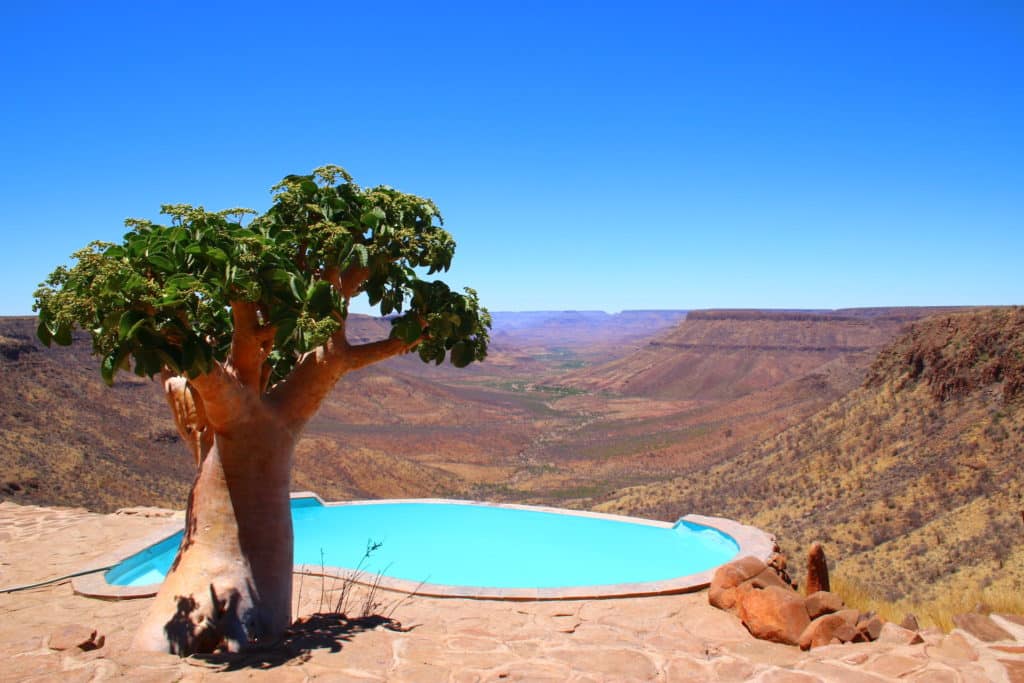
Success in tourism for Namibia has been based on its community conservancies-areas managed by local people who have the legal right to oversee their natural resources. With more than 80 conservancies covering nearly 20% of the country, these initiatives generate income from tourism and protect biodiversity. For example, Torra Conservancy has been able to finance schools, clinics, and anti-poaching patrols through eco-tourism ventures.
3. It’s a Haven for Wildlife Conservation
Namibia is one of a few countries where wildlife populations are generally increasing. In fact, such iconic species as the black rhinoceros and desert-adapted elephants have made remarkable recoveries courtesy of Namibia’s sustainable tourism efforts are effective in conserving practices – in close cooperation between the state, NGOs, and the people – and to which visitors coming into the country contribute by way of park fees or overnighting at an eco-lodge.
4. Tourism Protects Namibia’s Desert Ecosystems
The Namib Desert is among the oldest and most fragile in the world. The tourism sector in Namibia has adopted minimum impact activities such as building lodges that are not visible from far away and depending on renewable energy. For instance, camps by Wilderness Safaris within Namib-Naukluft Park run on solar power with a minimal waste footprint to ensure that the desert remains virgin.
5. Tourism Funds Anti-Poaching Efforts
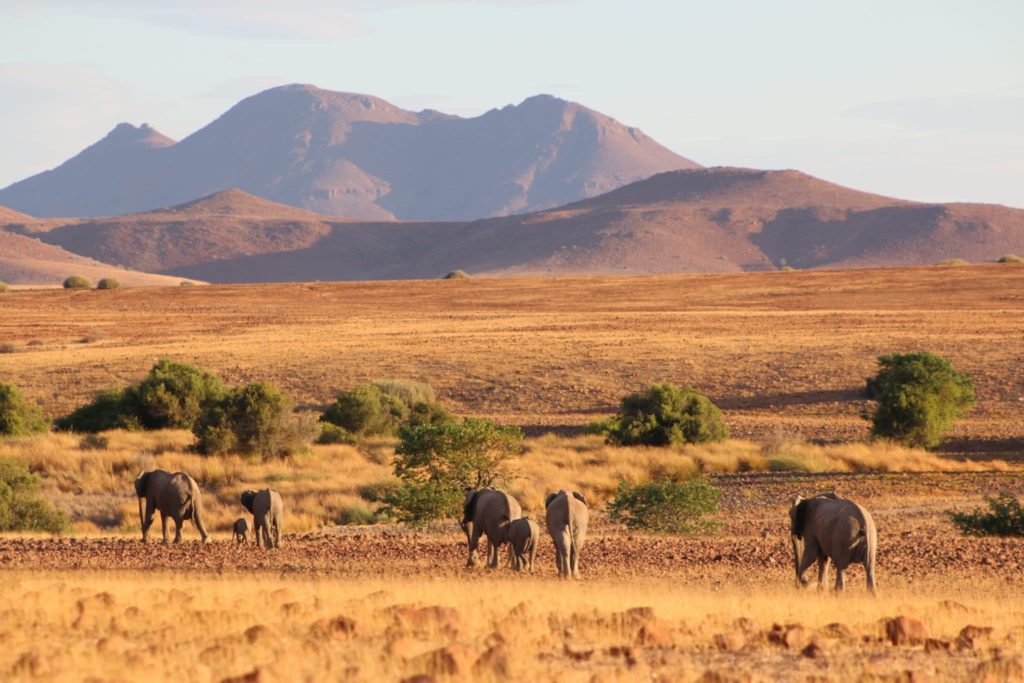
Tourism dollars in Namibia go directly towards anti-poaching efforts. By booking lodges or going on guided safaris, visitors contribute to anti-poaching efforts to protect endangered species. Anti-poaching units, many times local in membership, have been very effective in helping protect Namibia’s iconic wildlife.
6. Eco-Friendly Lodges Set the Standard For Namibia’s Sustainable Tourism Efforts
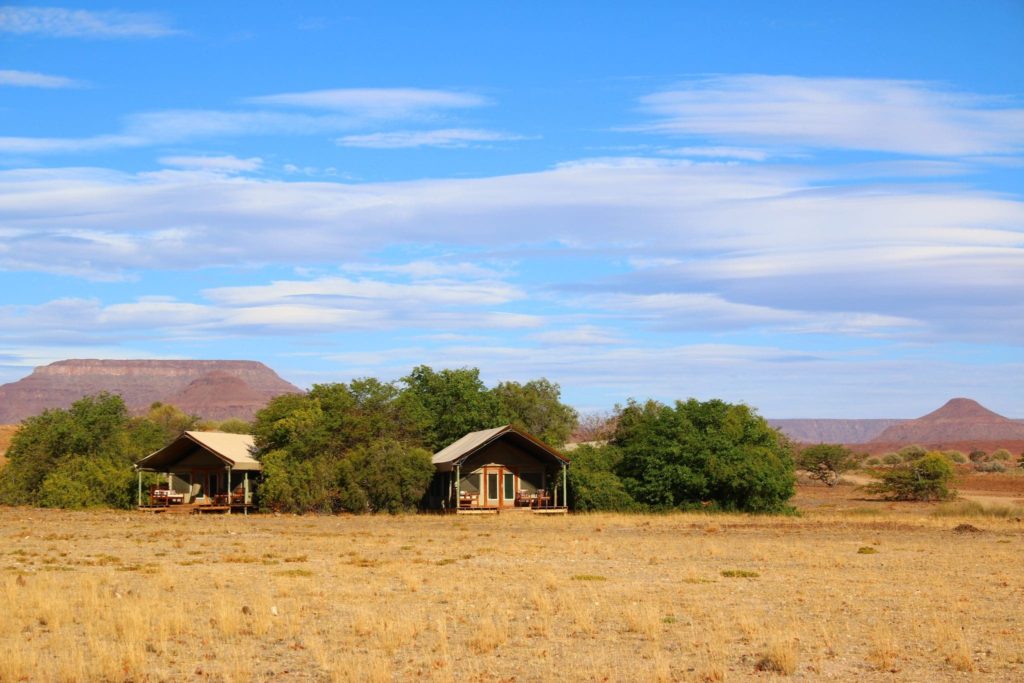
Namibia has some of the most pioneering eco-lodges in the world. Besides Desert Rhino Camp and Damaraland Camp, these are establishments operating at the very core of sustainability – from solar power to recycling water-providing jobs to nearby communities. A stay in such lodges immerses the traveler into the beauty of Namibia while contributing to its conservation.
7. Cultural Tourism Celebrates Indigenous Heritage
Equally as important to Namibia’s sustainable tourism are the people. Cultural tourism programs invite visitors to interact well and meaningfully with indigenous peoples such as the Himba and San. These community-based tourism programs bring revenue to the people without jeopardizing their culture and the visitor learns about the many cultures of Namibia which makes this so unique.
8. Dark Sky Tourism Combines Stargazing With Conservation
Namibia’s remote locations and low light pollution make it a top destination for stargazing. Dark sky reserves, like NamibRand Nature Reserve, are not only a haven for astronomers but also a model of eco-tourism. By regulating visitor numbers and using sustainable infrastructure, these reserves protect delicate ecosystems while offering unforgettable experiences under the stars.
9. Namibia Promotes Sustainable Adventure Tourism
For thrill-seekers, Namibia offers activities like sand boarding, hot air ballooning, and hiking – but with a green twist. Many adventure tour operators follow strict environmental guidelines, such as limiting group sizes and minimising waste. These efforts ensure that the adrenaline rush doesn’t come at the expense of Namibia’s natural wonders.
10. Education Is at the Heart of Namibia’s Sustainable Tourism Efforts
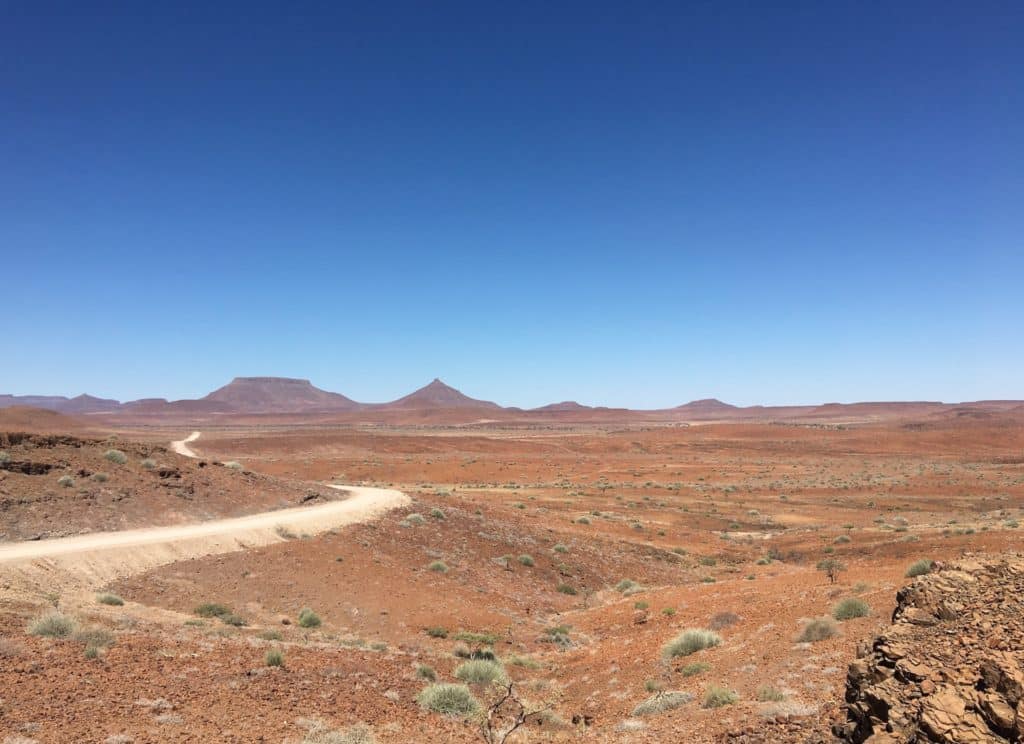
Namibia’s tourism is sustainable, but it’s also about education. In addition to the experience itself, initiatives like the Namibian Coast Conservation and Management Project (NACOMA) train local communities on eco-tourism and environmental management. Visitors equally learn about Namibia’s ecosystems and responsible travel behaviour during their stay.
Why Namibia’s Approach Matters?
Namibia’s sustainable tourism model is other than a blueprint-it is a movement. It proves that tourism can go side by side with conservation, and empowering the local communities is the way to protect the natural treasures of our planet. As a traveller to Namibia, the visitor, too, can make a difference. Your choice of eco-friendly accommodation, respect for local cultures, and support for community-run initiatives will make a difference to people, wildlife, and the environment.
It thus reminds one that Namibia is actually proving the belief that sustainability is a process and not just a goal: the perpetual process by each traveler in every respect. The next time one is spellbound, looking at the red dunes of Sossusvlei or tracking rhinos in the Kunene Region, remember he or she is part of something bigger: a vision of a world in search of better sustainability.
